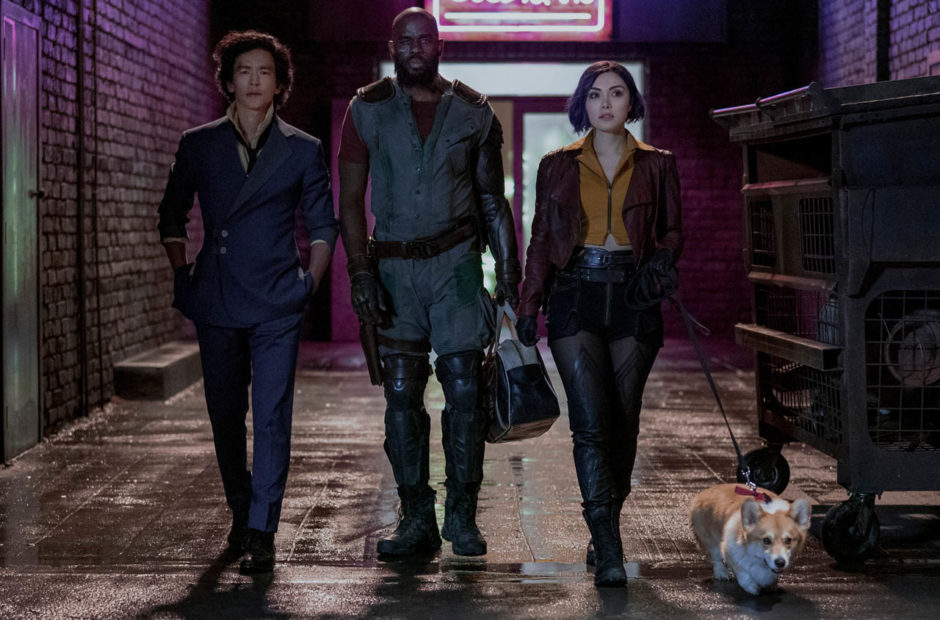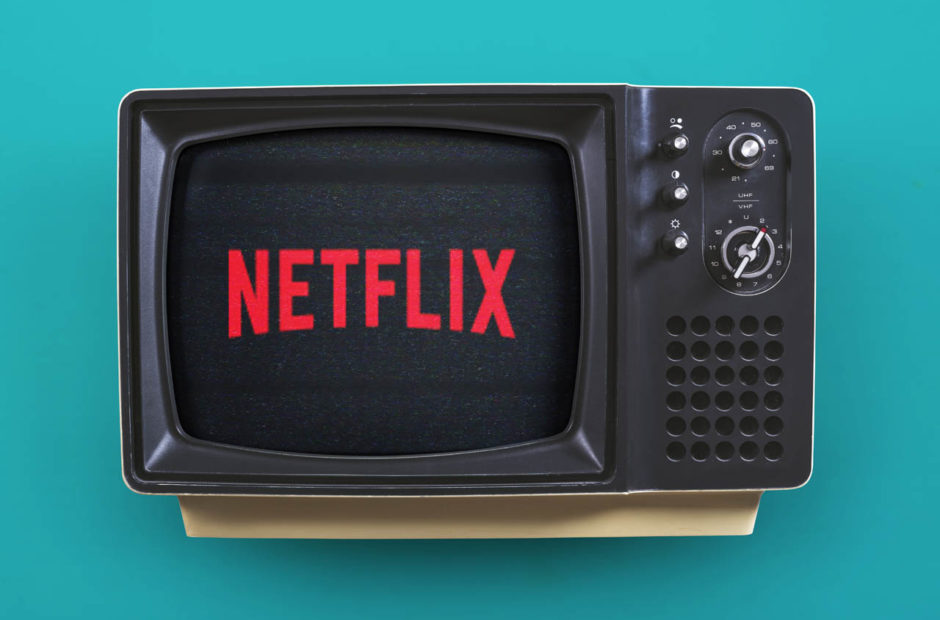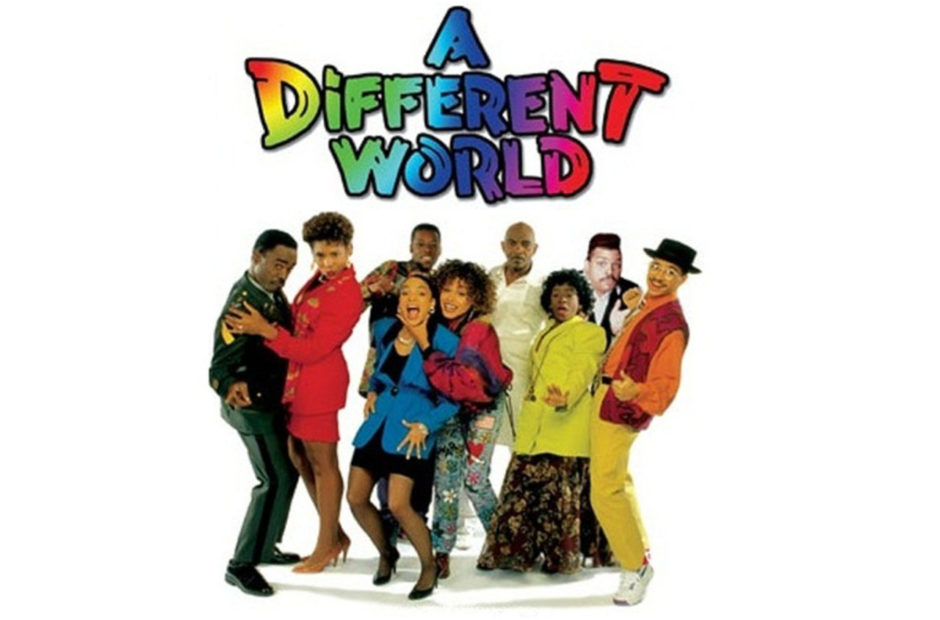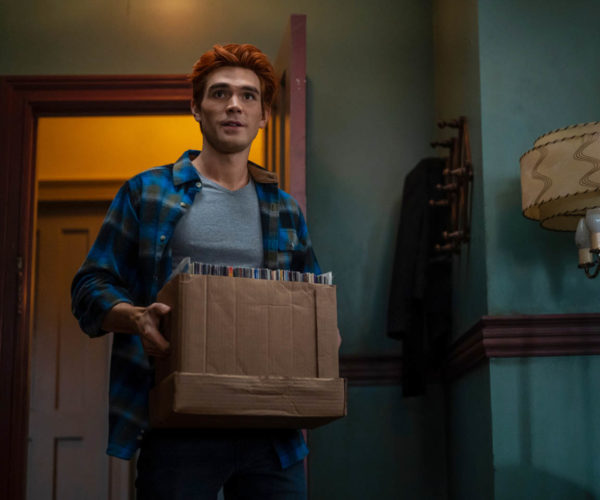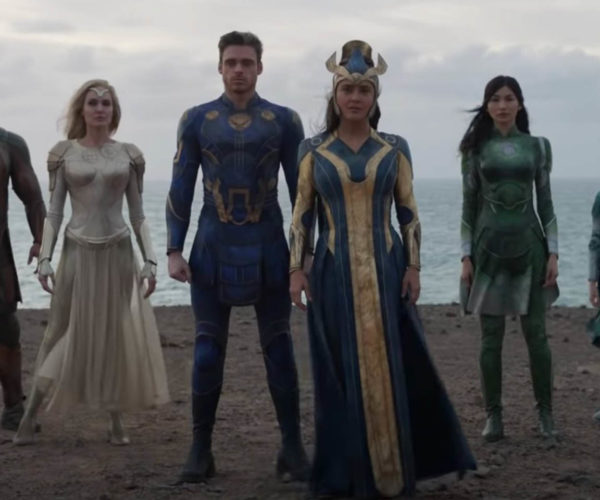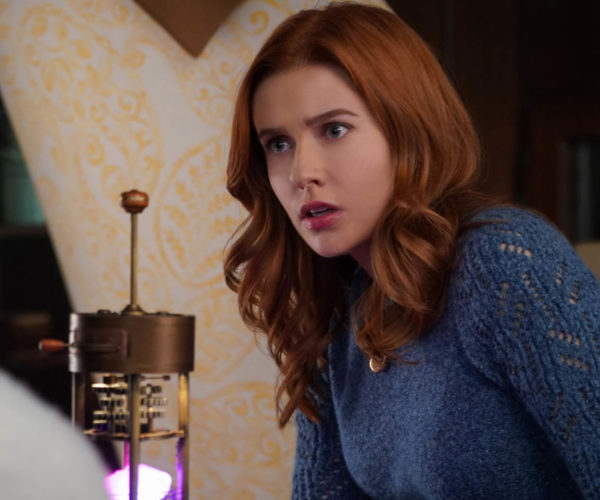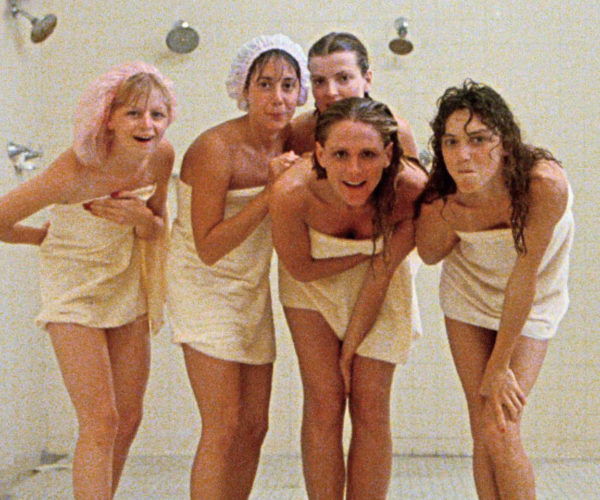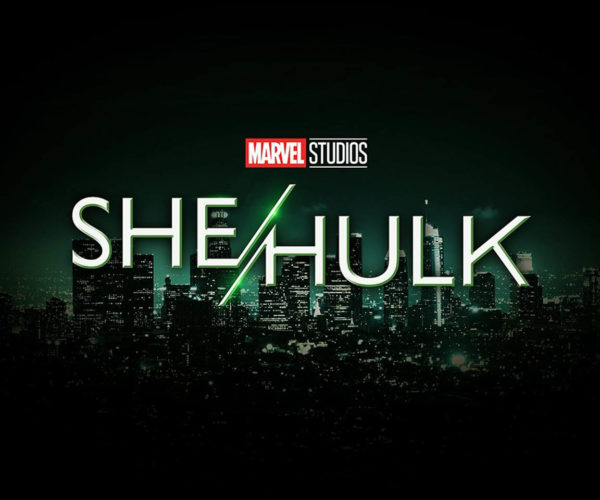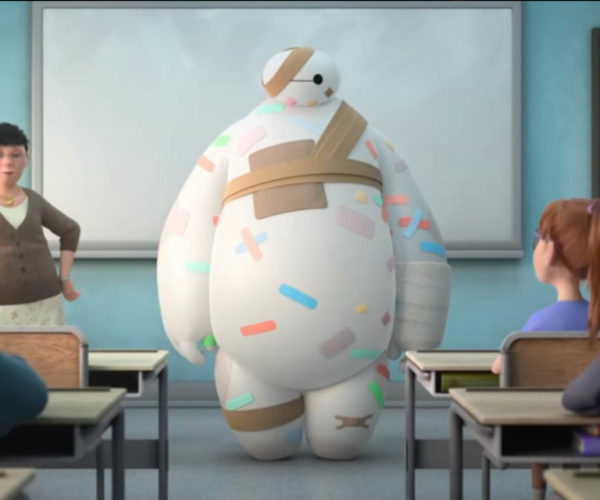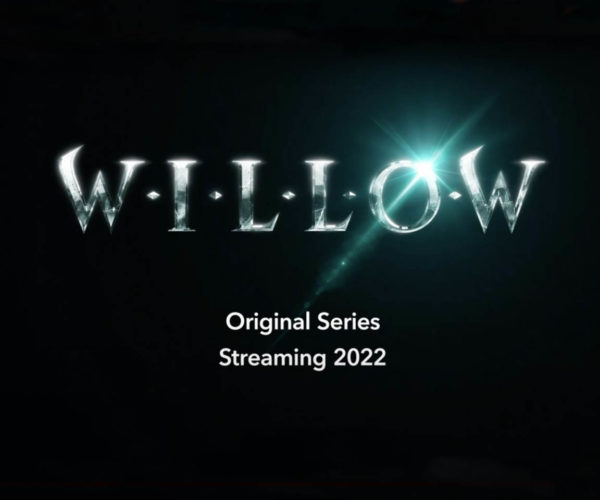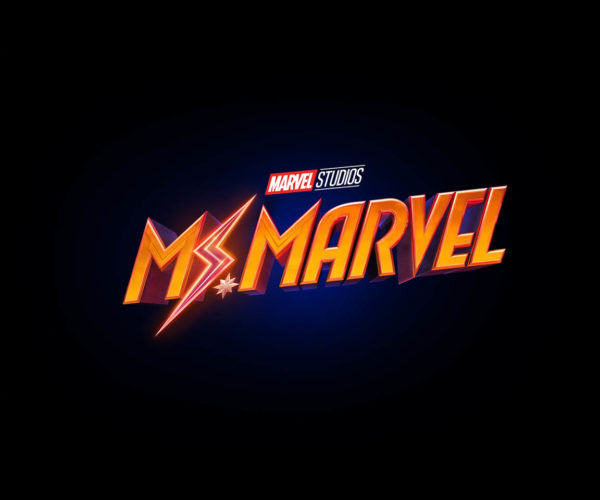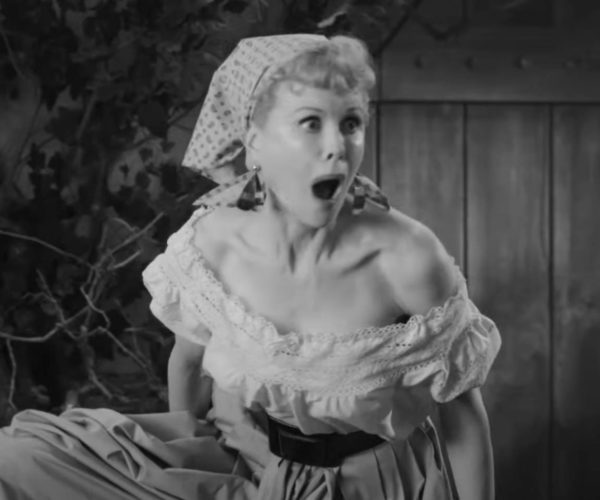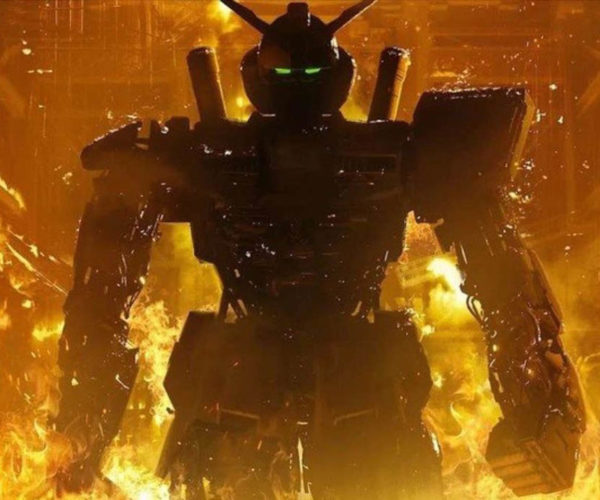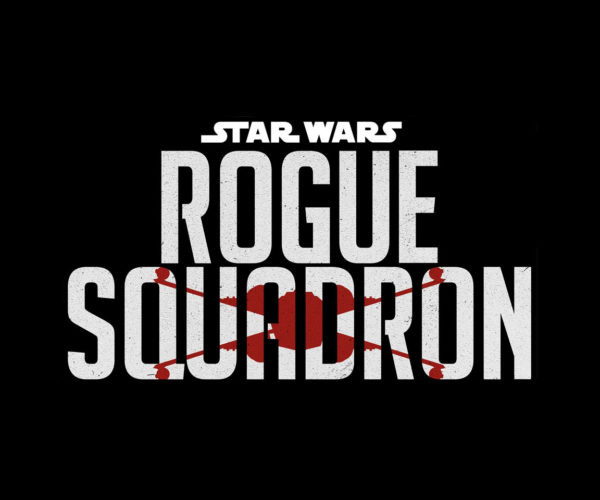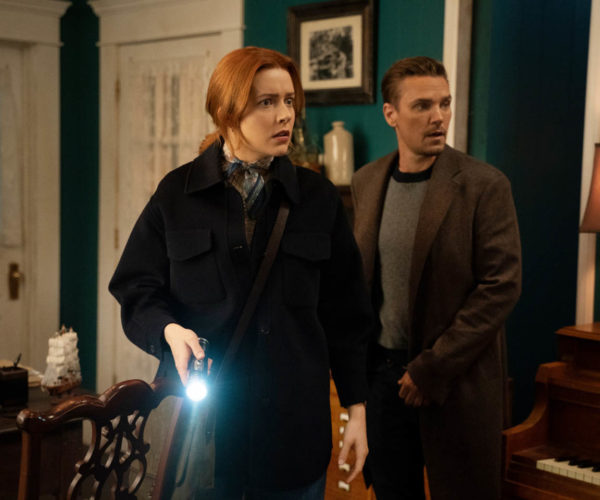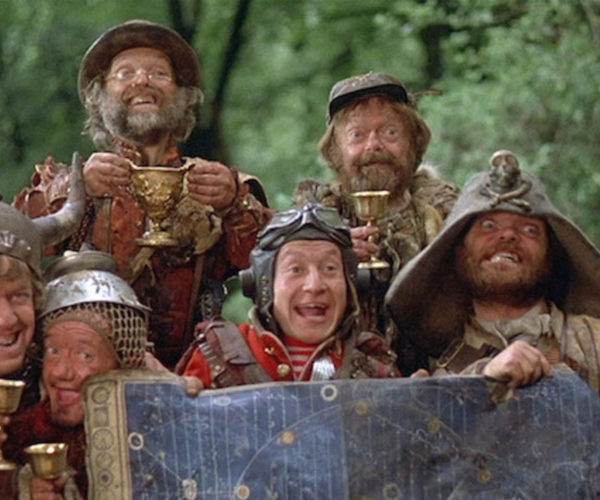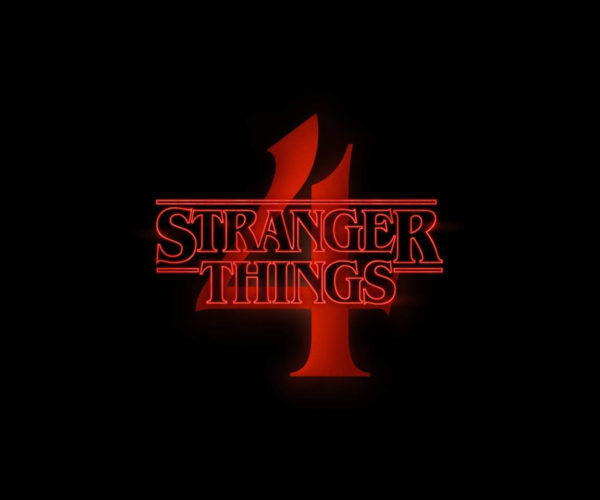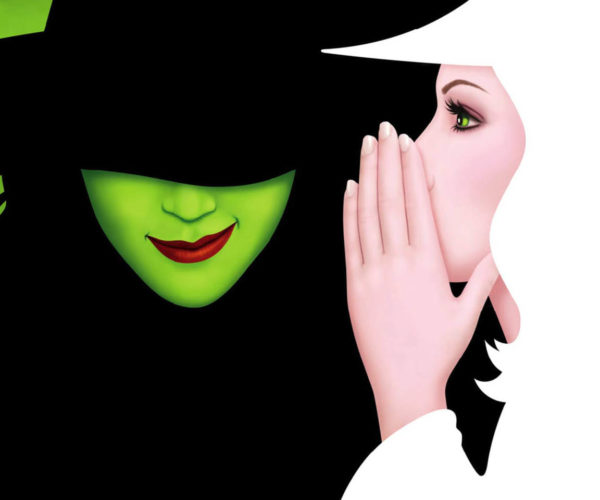The time has come for our Cowboy Bebop review, and is it worth the time? It depends on which way you choose to approach it.
Advertisement
Netflix is beginning to bet hard that there is a market for live-action adaptations of anime titles. With Death Note already in our rearview mirror, after Cowboy Bebop will come One Piece and Yu Yu Hakusho. With Bebop being one of the most iconic anime titles of the past few decades, does this adaptation bode well for the future of the trend?
Yes and no.
Let’s start off with the good, and that is most definitely the cast. John Cho (Spike Spiegel), Mustafa Shakir (Jet Black), and Danielle Pineda (Faye Valentine) nail their characters. Shakir, in particular, fully embodies Jet and knocks it out of the park. Cho captures Spikes laid back, “I don’t care” attitude to be certain, while Pineda’s Faye is just that right level of irritating.
All three characters get a bit more backstory than they did in the anime, such as Jet having a daughter he is trying to get to know better. Faye is far more concerned with her past than in the original series, but it never seems to get in the way of the story.
For the most part, designs were left alone. The Bebop, Swordfish II, and the Red Tail in particular are exactly what you expect and you recognize them instantly.
And, really, what can you say about Yoko Kanno’s music that isn’t repetitive? It’s still perfection.
Just Too Much
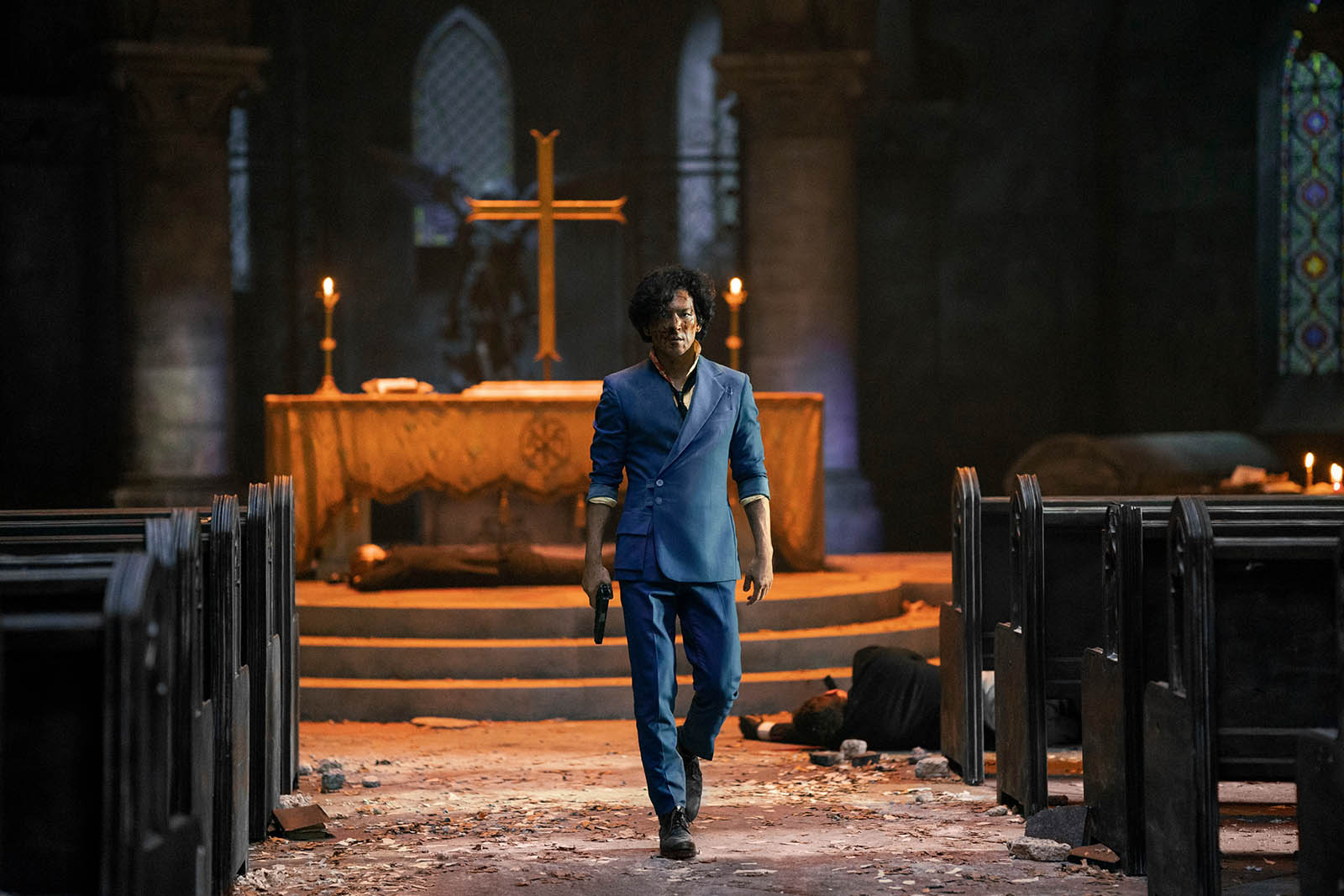
Cr. GEOFFREY SHORT/NETFLIX © 2021
Where things begin to fall slightly is there is just too much of some things. This issue is most egregious when it comes to the characters that surround our trio of heroes. Alex Hassell as Vicious and Elena Satine as Julia both play their characters well; there is just simply too much of them. Where the anime kept them as fleeting images for so much of the series, Vicious and Julia are in every episode of this season. You perhaps learn a bit too much about them, and they don’t seem as otherworldly due to that choice. Vicious, in particular, goes from a truly foreboding specter of Spike’s past to a mere psychopath that feels more unhinged than truly dangerous.
Even if you can ignore the changes from the original anime, there are still some issues. While the characters may seem to be a bit too much at times, so is the lighting and world. The world of Cowboy Bebop vacillates wildly from surrealism with outrageous lighting and dutch angles to overbearing realism that feels very much like the characters are walking around the backlot of a studio. It makes for some jarring moments of moving from a very lush scene that a lot of work went into, to wondering if a wall will stand up they slam a door.
And then there is the worst crime of “too much,” and that is the episode lengths. The original series consisted of 26 half-hour episodes plus an additional movie. All of these episodes run for close to an hour, which means there are many times when you left wishing for things to speed up. We don’t need yet another flashback from Spike this episode, leave that for another time.
In the end, the series takes some considerable divergences from the anime in the last third of the season. We are left with some very wide open doors for a second season, but I’m just not sure how anxious I am for another trip through this world.
Cowboy Bebop premieres on Netflix on Nov. 19.
Disclaimer: Netflix provided us with all 10 episodes of Cowboy Bebop season 1 for the purposes of this review. We watched them to completion before beginning this review.
